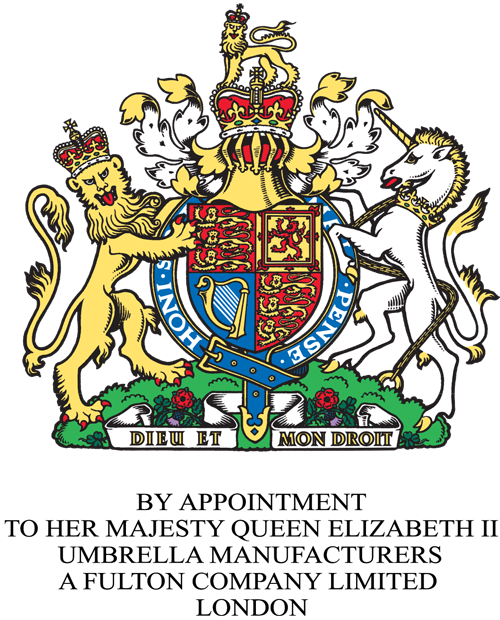
In 1956, Fulton Umbrellas started out in a small factory based in Whitechapel, where our founder, Arnold Fulton, started designing and producing some of the world’s most renowned brolly’s to date. Since this time, we’ve witnessed some immense innovations within the fashion sector, which have definitely helped us pioneer the direction of our business and revolutionise the way that we make our umbrellas.
While we often see these changes at annual fashion shows, with outlandish designs that arguably complicate how functional an outfit is to wear, what changes have fashion manufacturers welcomed that make life a whole lot easier? We’ll start with one of our own exciting developments…

1. Our Diamond Collection
After three years in the making, we’ve recently launched our Diamond Collection to celebrate 60 years in the business. As you can see, the development of Fulton’s umbrellas can take a significant amount of time, as quality is the cornerstone of our success. We pride ourselves on pushing the boundaries of development, while only using the highest specification materials and precise engineering standards before hand- finishing each product.
For this range in particular, we’ve combined the most elegant woven fabrics, beautiful woods, fine leather, and detailed hardware. It’s important for us to strike a balance between expert craftmanship and technical performance, while also designing umbrella’s that our customers will be proud to hold.
One of the standout features on each umbrella within this range is the fibreglass ribs which add a great deal of lightweight strength. Fibreglass is a prominent feature in our umbrellas, due to its longevity as a material. It is tougher than the carbon fibre alternative, and it has a higher breaking point when flexed which is extremely important when it comes to braving the inclement weather conditions here in the UK. As well as this, the material will not absorb moisture and will not corrode. We strive to make brilliant quality, easy-to-use products for our customers, and using fibreglass helps us achieve this — as it is very strong but also very light.
2. 36.5® Technology
This revolutionary fabric will become more mainstream in the next few years in both our day to day apparel and footwear. Using performance enhancing materials, it helps users to control the ideal core temperature of 37.5° Celsius. As well as this, it helps keep the microclimate next to your skin at the ideal relative humidity of 37.5% — regardless of the activity you’re doing or the external climate you’re in. When you’re hot, active particles embedded into the material use your body’s energy to remove the moisture and cool you down. On the other hand, when you’re cold, it will trap this energy to warm you up.
The particles which are used are made from volcanic sand that have billions of microspores which increases the surface area of the material. Delving into the specifics, the particles actually absorb infrared light in the spectrum that the human body emits, where the light becomes the energy that powers the particles. Interestingly, the active particles trap odor molecules and release them when they’re washed and dried. The active particles will last the lifetime of the product too, as they are permanently embedded in the fibre.

3. ChroMorphous
As described above, the textile industry has encountered remarkable changes that are set to shift the industry in a completely new direction. ChroMorphous is no exception either, as this fabric is bringing something to the table that we could have only dreamt of a few years back. Simply put, this fabric is described to be an active, user-controlled, colour-changing eTextile. Wearers can control the colour and patterns of their clothing at any given time using their smartphones.
The technology works as each fibre contains a small conductive micro-wire inside. So, when an electrical current passes through it, the fibre warms up slightly which activates the colour-changing pigment. Although the material requires heat to activate new colours, the fabric itself won’t get hot and wearers will feel little or no change. This is something that is still in its development stages but will likely transform the way we shop for our clothes in the future. As this will allow for people to change the colour of their clothes, this might eventually contribute to the reduction of mass production and fast fashion — allowing people to purchase products for the longevity rather than their style.
Evidently, the fashion landscape is ever-changing. From making our umbrellas sturdier and increasing product lifespan, to clothing that maintains the right body temperature. What other innovations would you like to see in the future?

